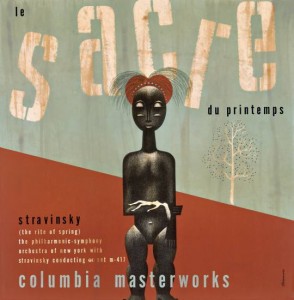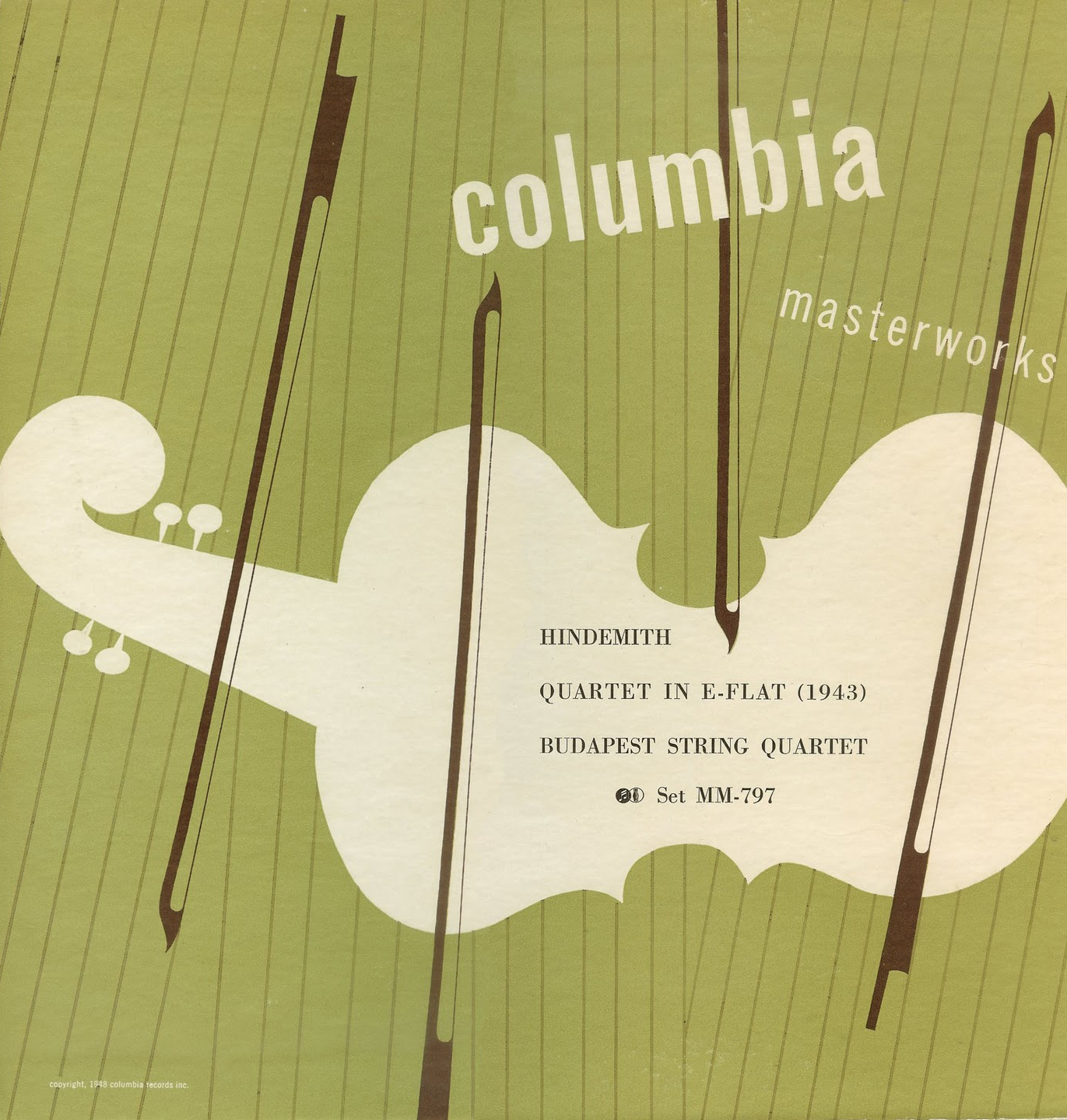
Part of my solution was to create the typeface with a ton of alternates, lowercase ligatures, and caps/lowerase ligatures. In this particular font, the “managed” nature of the design had to appear to be “unmanaged”! Where Steinweiss’ scrawls were all slightly different from each other, shifting and changing according to the needs of a particular cover design, a font designer has to commit to specific forms that need to be set in stone, so to speak. The challenge was enormous-to create a typeface that retained the sense of hand-letting and fluidity within the context of a digital font. But this font was extremely limited in it’s capabilities, and although it had a certain bouncy charm and naïveté, in my opinion, it didn’t really capture the fluidity of Steinweiss’ calligraphy: At any rate, shortly after completing the Steinweiss project for Taschen, I decided to pursue on my own the design of a font in the spirit of his calligraphy.

(Coincidentally my first job after graduating Cooper Union was as Ed Benguiat’s assistant at Photo-Lettering!). The subject of creating a “scrawl” font was also discussed, but was nixed for the same reason-in addition there wouldn’t have been enough time to do it: creating a font from scratch can be a very time-consuming process.Īround 1951 Alex Steinweiss had actually created a font called “Steinweiss Scrawl” for Photo-Lettering. While I was working on this, Josh and I had discussed the possibility of doing similar lettering for all the different chapter headings and headlines throughout the book (about 16 of them), but decided that it wasn’t practical for budgetary reasons.

So it was a bit of a challenge to try to capture that spontaneity in my piece of digital art for Taschen’s cover-as seen below: Steinweiss’ calligraphic work was very spontaneous and kinetic, while the work of lettering artists tends to be more carefully studied and worked out. Here’s an example of one of his album covers: This “scrawl” had become ubiquitous and inextricably associated with his work. Steinweiss’ very graphic calligraphy, which had become known as “The Steinweiss Scrawl”. My assignment was to do some lettering for the cover and title page that was in the spirit of Mr. Of course I was thrilled to have anything to do with this project. He produced hundreds of covers for 78 RPM albums between the late 1930s and the late 1940s. Steinweiss is considered to be the inventor of the album cover as we have come to know it-as a kind of mini-poster with graphics relating to the musical content of the album. For those of you who are not familiar with that name, Mr.

Michael Doret, with the help of Patrick Griffin, made a 2200-glyph curly script typeface called Steinweiss Script ( 2010), which captures a lot of the spirit of Steinweiss's album covers.“Steinweiss Script”…Soon to be Released Octoon 9:37 pm | By Michael | In Gigs, News | 6 Commentsīack in the summer of 2009 I was contacted by Josh Baker at Taschen Publishing about doing some work on the huge commemorative edition they were putting together on the work of Alex Steinweiss. Nick Curtis's 2005 font, Whirled Peas NF, revives Whitestone Crawl by Steinweiss. It was revived in 1993 by Christian Schwartz as Hairspray (in Blonde, Redhead and brunette weights). Designer in 1939 of the curly hand-printed Steinweiss Scrawl, which was purchased by Photolettering Inc in the 1950s. TYPE DESIGN INFORMATION PAGE last updated onīorn in 1917 in Brooklyn, NY, Steinweiss became famous for his music album covers and the lettering used on them.


 0 kommentar(er)
0 kommentar(er)
